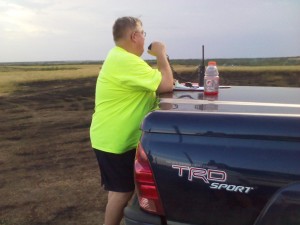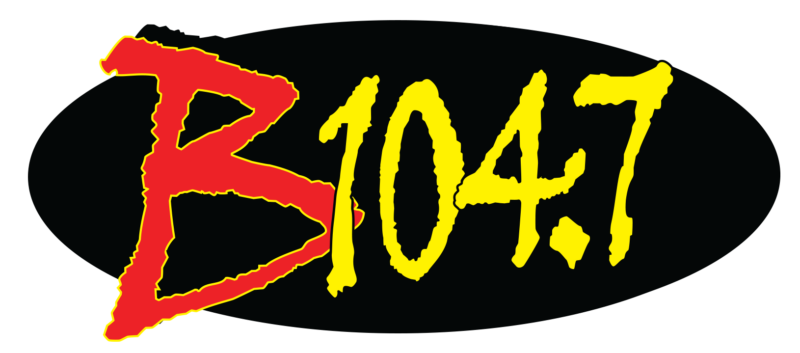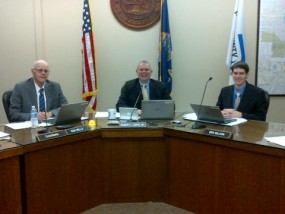Riley County commissioners are urging farmers and ranchers in the Flint Hills region to be mindful about how they schedule their annual pasture burns.
Riley County Emergency Management Director Pat Collins told commissioners new standards from the Environmental Protection Agency (EPA) have lowered the threshold of air pollutants to 70 parts per billion from 75 parts per billion.
“That’s what were doing today,” Commissioner Robert Boyd clarified to Collins. “We’re trying to encourage people to burn other than during that April, congested time-frame, correct?”
“Exactly,” Collins answered.

Riley County Emergency Management Director Pat Collins oversees a pasture burning in this file photo from 2012. Collins told county commissioners Monday morning that new EPA standards lower the air pollutants threshold and that pasture burning in the Flint Hills region will have to be more closely mitigated.
Collins said spring burns done all at once not only hamper Kansas’ air quality, but in other places, too.
“We get a lot of burning done, but a lot of that smoke goes to other states and it causes their meters to go up and reach those peaks,” Collins said. “Well, (these lower thresholds) are going to cause more of that problem.”
Collins said smoke from spring burns in the Flint Hills region can make it as far north as Omaha, Neb., and even Chicago, Ill.
Collins told commissioners that spreading out burns across the calendar — even scheduling burns in the fall and winter — could help.
“Burning this time of year doesn’t get into those peak times that causes problems in other states,” he said. “The people that want to burn on the first Saturday in April every year… they may need to change that.”
Collins said that contrary to popular belief, pasture burning during the fall and winter have no negative effects on grasslands.
A 2014 study titled,”Ecological consequences of shifting the timing of burning tallgrass prairie,” by K-State backs those claims. It was conducted by Gene Towne, a KSU research associate and the Konza Prairie Biological Station fire chief, and Joseph Craine, another research assistant professor. Both are in the K-State Division of Biology.
In other items, Jan Scheideman, the Child Care Facilitator/Manager for the Riley County Health Department, presented Kansas Action for Children KIDS COUNT data for 2015.
Highlights of the data included that Riley County holds a 69 percent vaccination rate for fully immunized kindergartners. Scheideman said that although the rate remains low, it is higher than peer
counties and the state overall.
Data also showed that both Medicaid and the Children’s Health Insurance Program (CHIP) indicates increased enrollment for children. Riley County has a current monthly Medicaid enrollment of 2,672, which is up 129 from 2014. Improved enrollment numbers with CHIP are also indicated by a monthly rate of 561 compared to 518 in 2014.
The overall rate of uninsured children dropped slightly for both Riley County and the state with Riley County reporting 5.67% of children uninsured.


